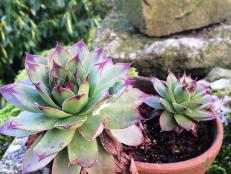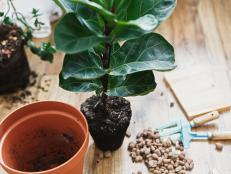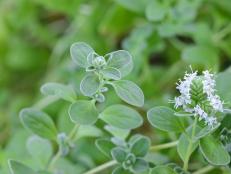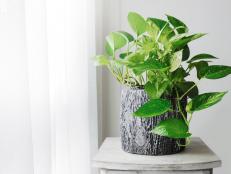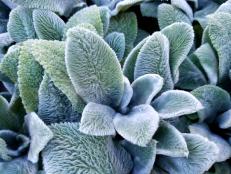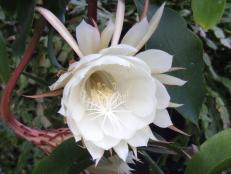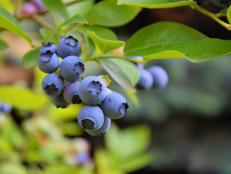Sedum and Other Succulents

Succulents, such as sedum, sempervivum and echeveria, offer unique textures and colors with their thick foliage and delicate flowers. They are valued for their ability to withstand the heat, lots of sunlight and little watering. These qualities make them great to use in xeriscaping and rock gardening as well as in well-draining spots in a perennial border or container gardens. Here are a few options and how to use them in your garden.
Sedums
Sedums, or stonecrops, are known for their signature shapes that offer neverending interest in the garden. The Latin name Sedum, meaning "to sit," is an appropriate name for these low-growing succulents. They're great for growing as groundcovers or trailing over the side of a container.
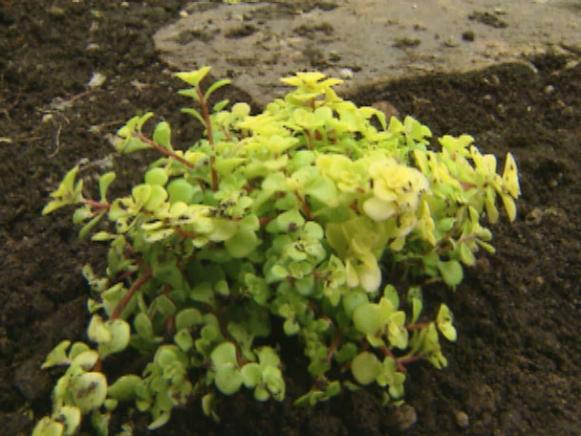
Sedums are among the easiest plants you can grow in your garden, but they don't like clay soil, says gardening enthusiast Ciscoe Morris of Seattle, Wash. "If you stick them in clay, the roots are going to rot." These perennial succulents require well-draining soils and very little water. They are also easy to propagate, have colorful flowers and, although they spread rapidly, are not invasive. Depending on the species, sedums generally thrive in USDA Zones 3 to 9.

Nestle them amongst the rocks in a xeriscape or rock garden and between stepping stones along a path. Before planting sedums along a path, make sure they're suitable for those conditions. 'Ogon,' which has bright gold foliage, can endure its share of foot traffic.
There are some sedums like 'Cape Bianco,' that aren't durable for foot traffic.

Sedum rupestre and 'Vera Jameson' also have delicate foliage, so their placement should be off to the side where they'll be spared heavy traffic.

Sedum is an easy plant to divide. All it takes is a hand trowel and very little effort. Find a spot in an established plant where it's nice and thick. "Then all you have to do is just dig in there, and make sure to get a good amount of the plant so you have some good roots," says Morris. Fill the now-empty spot with soil so the sedum can grow back, and transplant the new division elsewhere in your garden.
Sempervivums

Also in the stonecrop family, or Crassulaceae, are hens and chicks (Sempervivum), the perfect companion to sedum. They prefer the same conditions, good drainage and full sun, and thrive in heat but also tolerate cold. Many are hardy to USDA Zones 4 or 5. "Hens and chicks get their name from the mama plant with its 'babies' (or new plant growth) spread all around," says Morris. "After producing a bloom, the mama dies, and you can remove her simply by pulling it out."
Echeverias
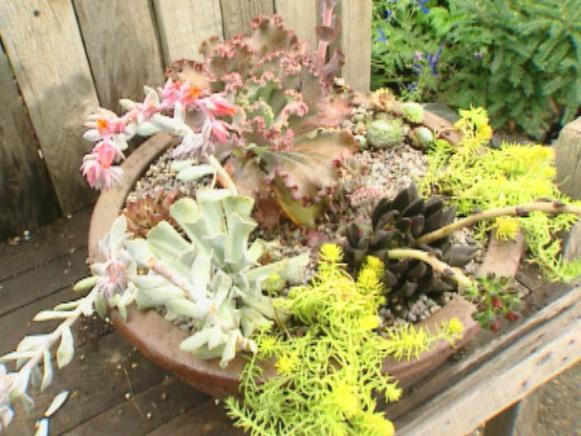
Echeverias offer interesting leaf textures and growth habits. Some look like heads of lettuce or cabbage with frilly, vibrantly colored foliage, while others are much more diminuitive in size and subtle in color. Use them to make a bold statement in a succulent collection or container planting. Unlike sedum and hens and chicks, echevaria is only hardy to USDA Zones 9 to 11 as it's native to Mexico. Dig and take them inside when cold temperatures hit.
Planting a container of succulents
Consider pairing sedum with echeveria and hens and chicks to take advantage of the variety of forms and textures. Morris demonstrates how to plant a container using these succulents.
Start with a container that is wider than it is deep. Because succulents don't thrive in soil that's too rich, use a well-draining potting mix designed for growing cactus or succulents.
Morris begins planting with Echeveria lauii, a waxy blue-gray selection with peachy-rose flowers. He gently teases the roots before planting it; this encourages roots to branch out and grow. Next, he adds a black echeveria, spider-web hens and chicks and 'Angelina' sedum.
Once planted, soil is added around the root balls and firmly pressed in place. The soil level should be one half inch below the lip of the pot to account for watering.
Morris likes to use decorative stone pebbles to give the container planting a finished look. But it also serves another function—to hold the succulents above the soil line, preventing them from rot. When succulents are in bloom, they should be watered every few days and more infrequently during the winter months. When the fall chill arrives, enjoy your container indoors.







